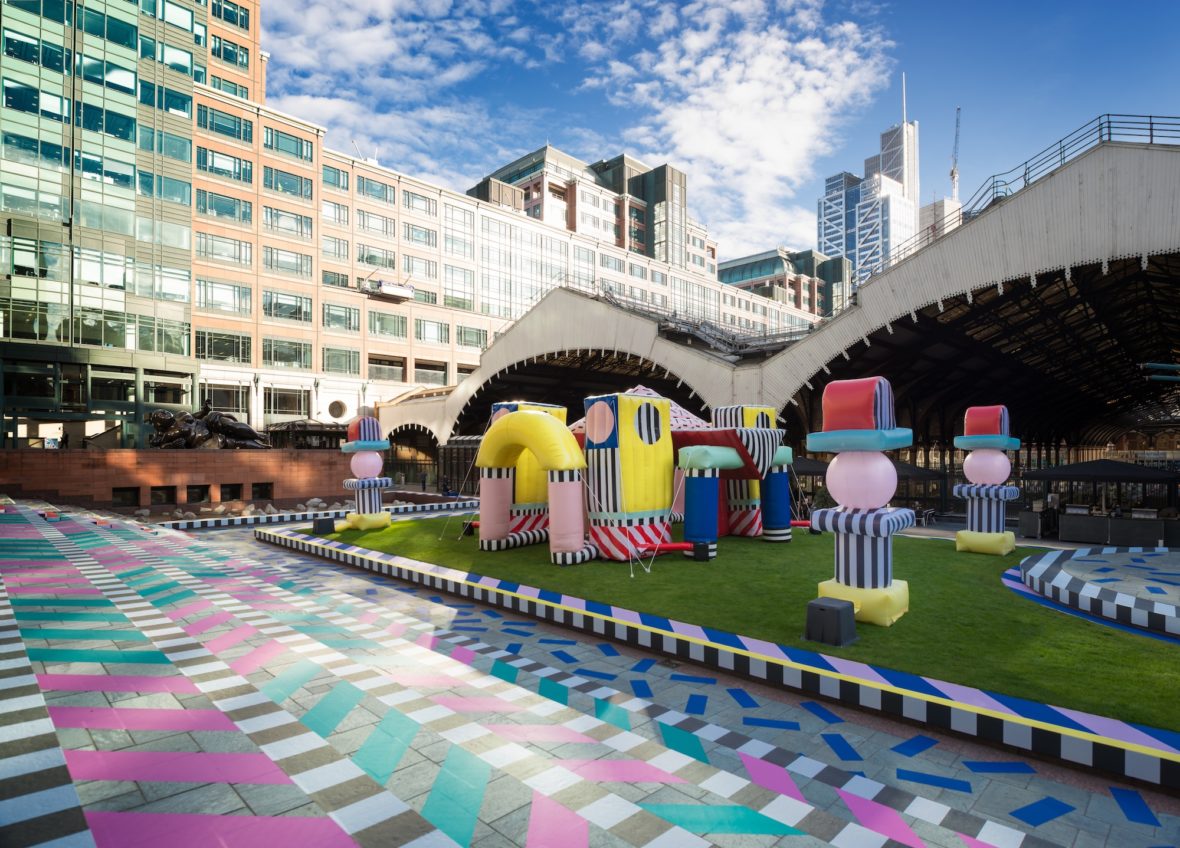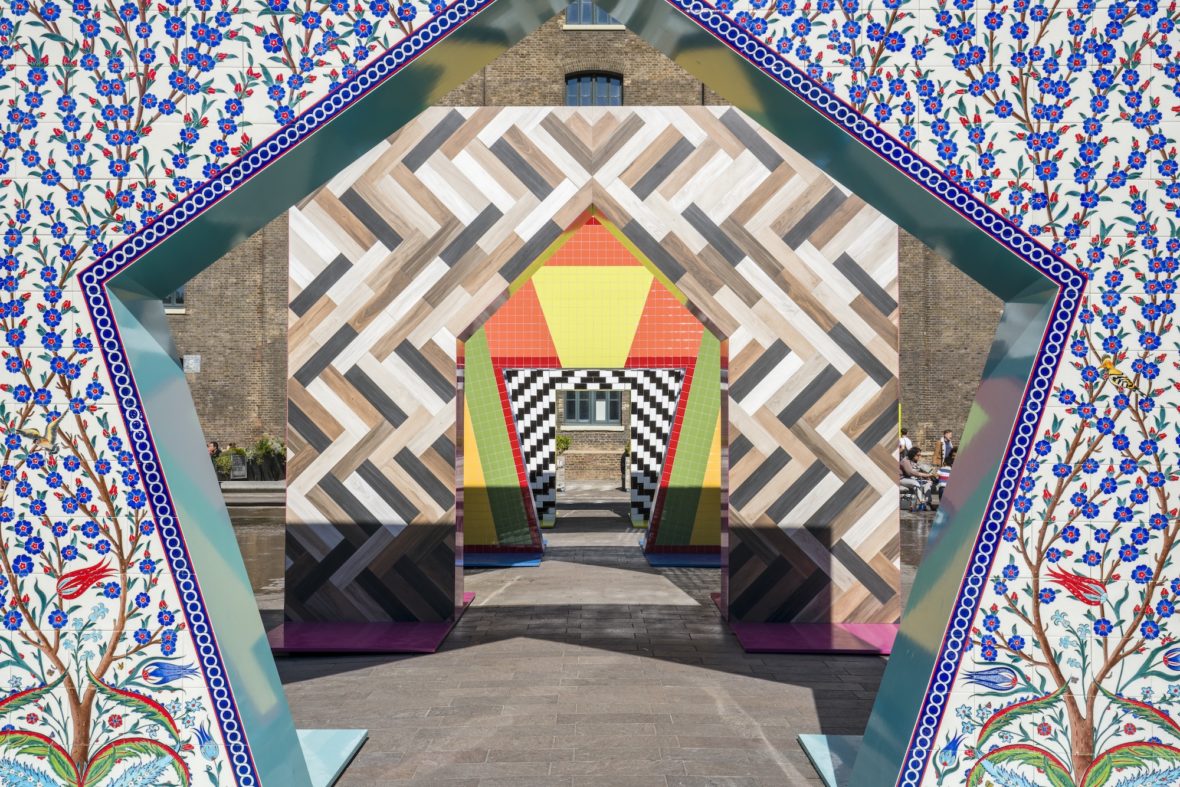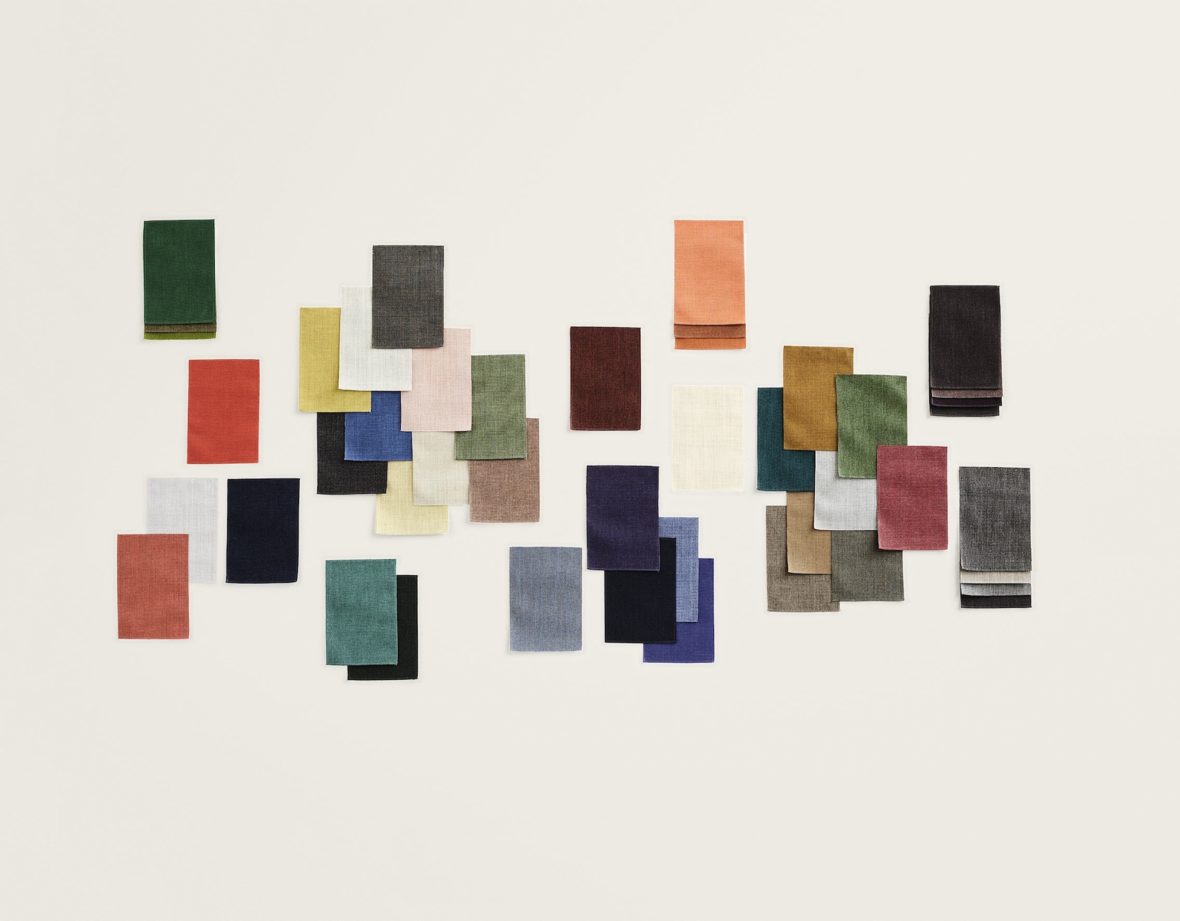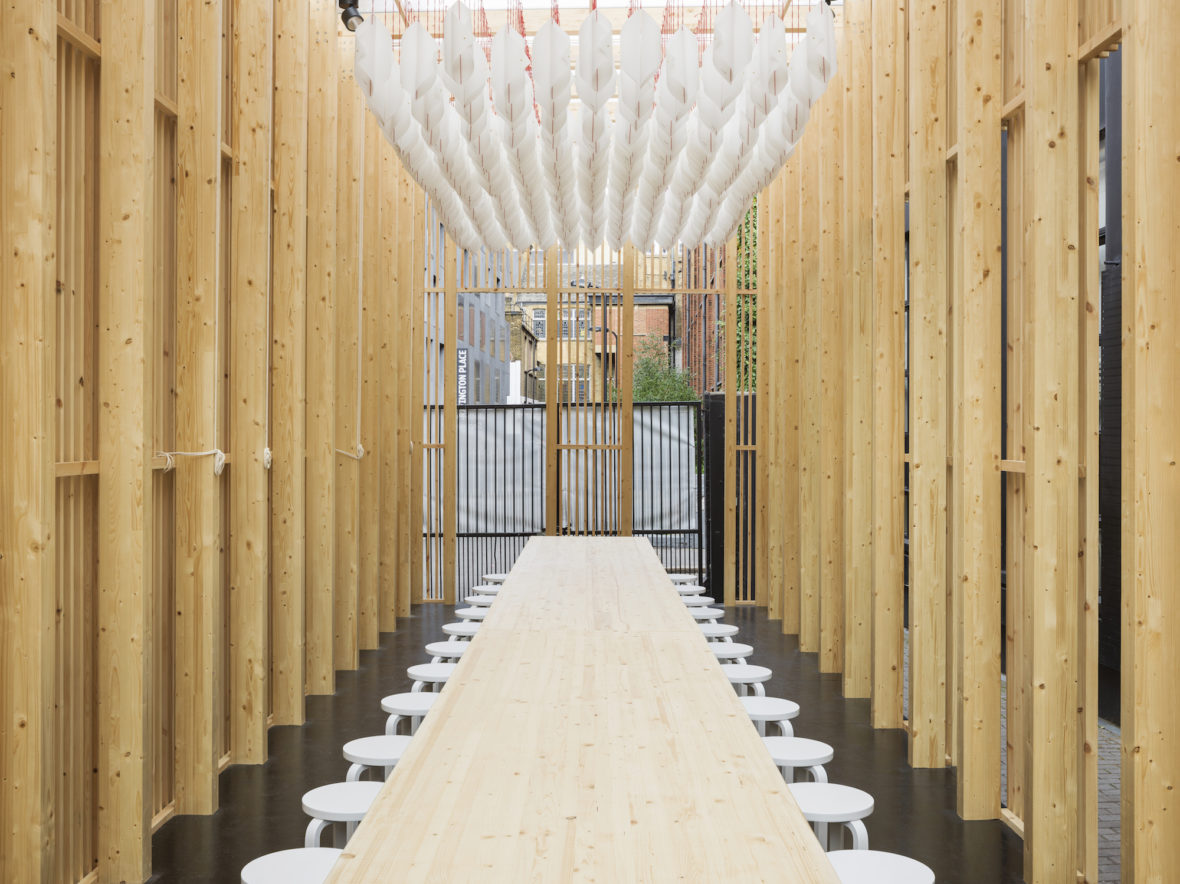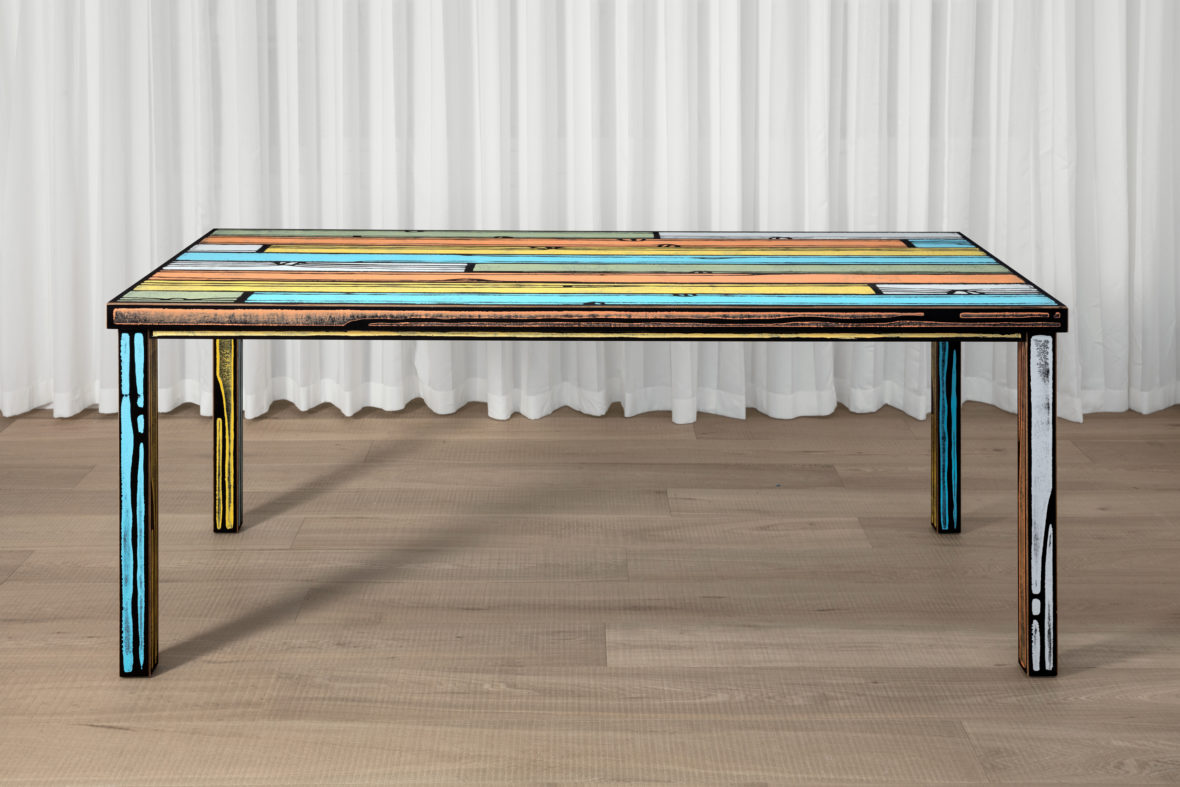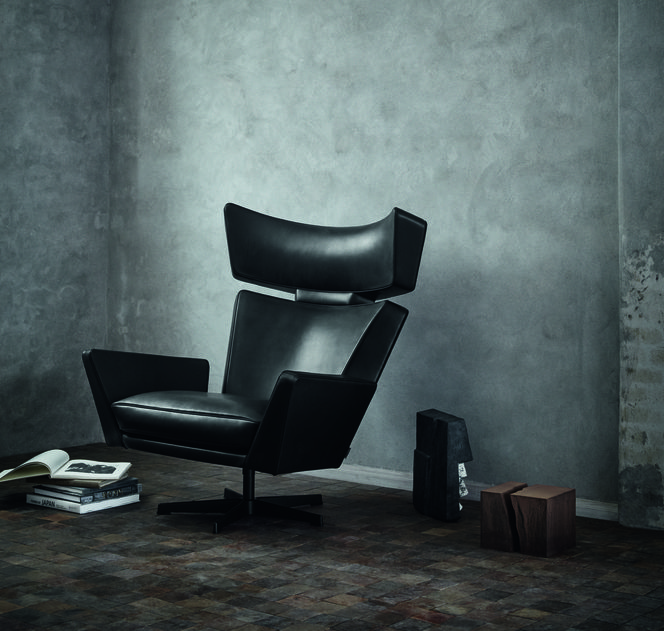The NGV Triennial’s kitchen is transformed into a public space celebrating queerness
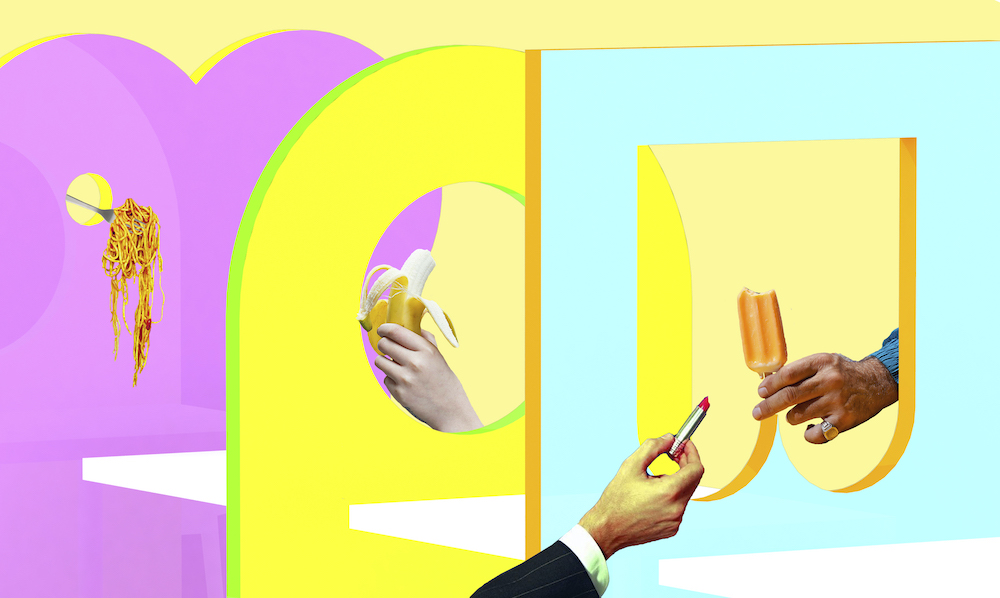
The National Gallery of Victoria Triennial will (safely) open its doors tomorrow. The eagerly anticipated show of 86 art, design and architectural works from 100 artists is free to the public and a much needed shot of creativity in what has otherwise been a relentlessly bleak year. Adding more joy to the mix, NGV’s Gallery Kitchen has been specially transformed by London-based Adam Nathaniel Furman and Australian architecture practice Sibling into ‘Boudoir Babylon’. The project draws on three spatial typologies that have historically allowed women, queer people and those who are gender-diverse the potential to thrive – the boudoir, the salon and the club.
Port caught up with Furman and director of Sibling, Timothy Moore, to discuss the work, celebrating queerness and the current inclusivity of public spaces.
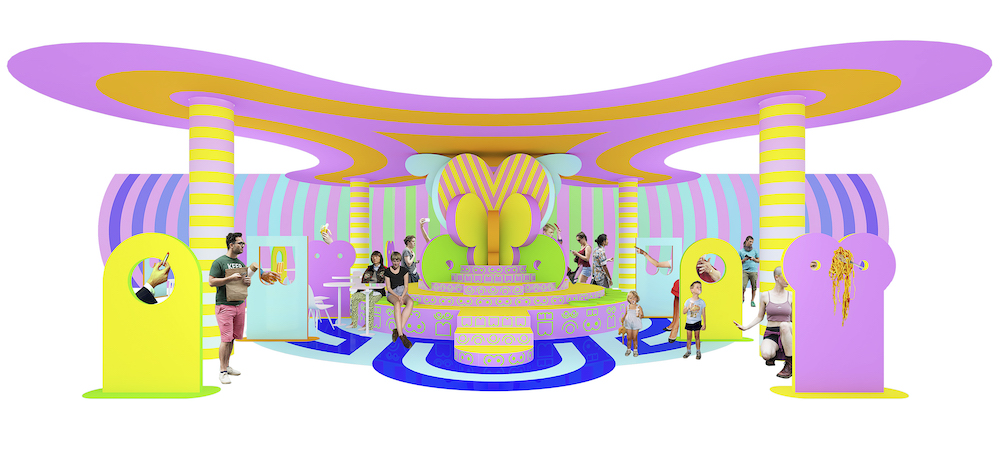
What did you create and why is it important?
Timothy Moore: Boudoir Babylon transforms NGV’s Gallery Kitchen by drawing inspiration from three spatial typologies (the boudoir, the salon, the club) that challenged and rethought norms of how people come together and socialise. It’s important to remember that these historical interiors provided locations where activities and identities outside of the norm – such as being a woman, or queer, or having certain political or religious beliefs – could occur and exist.
Adam Nathaniel Furman: It’s a homage to two centuries of spaces created by, and used for, the nurturing, cultivation, and expression of queerness in all its forms; but it’s not pedagogic or referential, it is a distinct entity on its own in the context of a contemporary city-wide public art event. We’re creating a wildly synthesised celebration of queerness that is on the one hand deeply informed by our own identities and lifelong research into the subject, and on the other a place of exuberant welcome, embracing all who enter the NGV’s doors. It’s a kind of universal aesthetic shakedown that shocks everyone entering the galleries out of the humdrum norms of the external public realm, and signals in no uncertain terms that this is a place for amplifying queer voices, bodies and minds of all kinds and creeds.
What were the challenges of working on the Boudoir during lockdown?
TM: Sibling has offices between Melbourne and Sydney, and worked with people in London, Stockholm and Madrid during 2020. Working remotely is inherent in what we do, so the pandemic did not transform our working in a radical way. (Working with Adam was rather seamless.) What the pandemic brought to the fore was the importance of physical space as an opportunity to connect with different people, and using architecture as a way to inspire and support people coming together.
ANF: I have worked with East Asia before, so I was ready for the fun backwards-and-forwards of morning-to-evening calls, which was smooth and enjoyable with Sibling. What I wasn’t expecting was that it would become hugely important for me personally as a way of feeling connected with the outside world in what turned out to be a frankly terrifying period, where for a certain amount of time a lot of my other work was frozen. The world seemed to be falling in on itself. During this time, all that filled my head were worrying statistics and numbers and dreadful calls with friends and family affected. Boudoir Babylon, and the relatively long design process and iterations and conversations we went through, became suffused with an invigorated drive towards affirmation and celebration. It was an elevating of human kinship in its oddest and most diverse forms, and its culmination in a wild trip of aesthetic mixing and graphical, humanistic joy directly contrasts the fear of contact that was descending all around us, in a depressing but important reminder of the first decades of the AIDS pandemic.
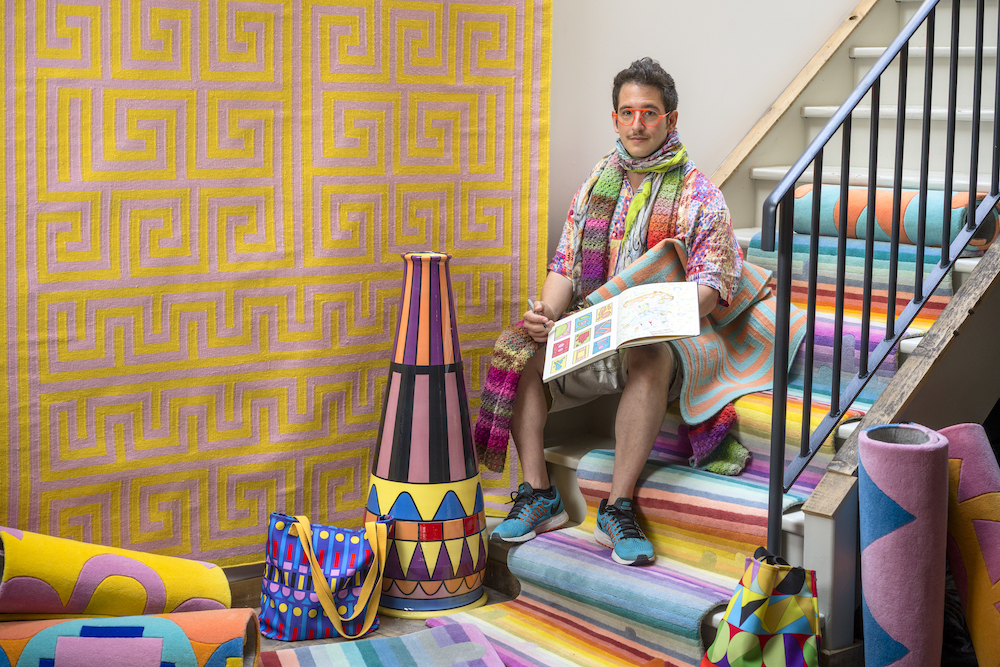
What real world applications could this lead to?
ANF This is a real-world project, especially in terms of discourse and generating dialogue and introducing an incredibly broad range of people to the subject matters and issues we are passionate about.
TM: This project extends Sibling’s interest in testing out different architectural elements, including the ‘threshold’ – a well-trodden trope in architecture. This in-between space, which, for example, could be a corridor or entrance, can transform social relationships.
The project also has implications as a space for queer designers to practice, and a place where the LGBTQ+ community may feel welcome. It’s a moment of joy, pride and celebration. The right to joy, pleasure and desire is key to living.
Currently, how inclusive are public spaces?
ANF: In terms of inclusive physical access the situation has improved a lot of the past decade and a half, although there is a very long way to go. An aspect of public space design that I think needs to be addressed is in relation to symbolic and aesthetic diversity. Currently, spaces are designed either to “fit in” with the existing context of a place – thus perpetuating the status quo of the original builders and occupants, who today represent only part of a much more diverse demographic mix – or to express the taste of a select quorum of architects and planners who hail from the same schools and backgrounds. In a liberal society, it is important that all communities and members of the civic body have a voice and are represented: politically, socially, and symbolically. Their presence should leave a physical trace on the shared body of our cities in a distinct manner fitting their unique identities, perspectives, and tastes. Not just in a token mural here and there, embedded in a masterplan and public realm scheme by one of the usual suspect offices – often run by those from the same background as all the other architects and designers, all of whom have attended the same schools and been indoctrinated in the same dogmas – but by actual practitioners embodying the full diversity of those who really occupy, and bring to life, the fabric of our now wonderfully mixed cities. Practitioners who are not beholden to the normalising, aesthetically exclusionary world of academic and municipal design, but carry forward the expressions of identities diverse and brilliant – which can actually enrich and enliven our cities in ways that could be so wonderful if only it were allowed, or even actively encouraged.
TM: It’s a splendid goal for an architect or designer to make people feel welcome when they enter a building or public space. However, binary notions of gender and sexuality are regulated everywhere and can be outside the immediate control of the architect or designer: at the airport, driving, or passing through the nightclub entrance. This includes the experience of street harassment for women — and in particular, trans-women — and non-binary and gender non-conforming people, along with people being harassed for their sexuality.
Boudoir Babylon, like many of Sibling’s projects, is interested in the use of space, or how people occupy space, rather than space as an essentialist container of a rainbow of identities. The modesty screens allow for seating arrangements to change as public programming requires. These modesty screens also allow different angles of bodies through the oculi, but you may never form a whole perspective of someone’s identity. We are hoping that people feel welcome and comfortable. Everyone will react differently. There will be extroverts that will sashay on the catwalk, or introverts that peer past the oculi. The indeterminacy of that space – where ‘use’ is not overdetermined by design – was foundational in how we created Boudoir Babylon.
The National Gallery of Victoria Triennial runs from 19th December 2020 – 18 April 2021
